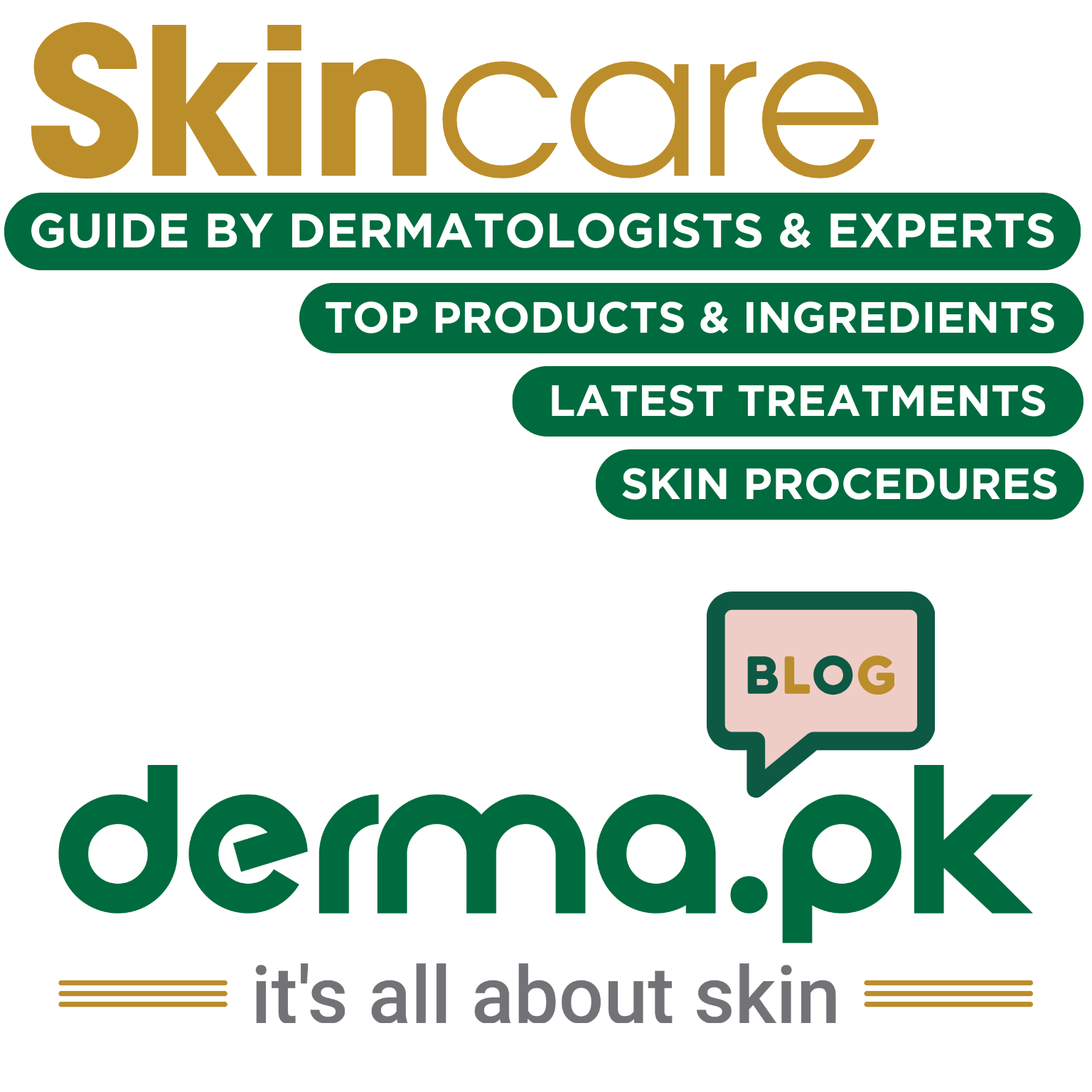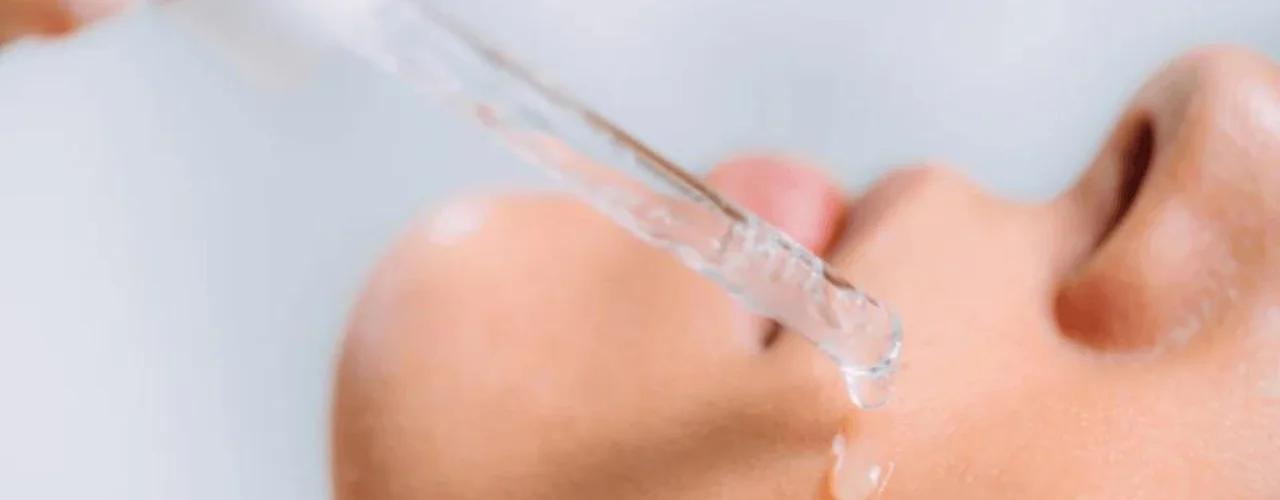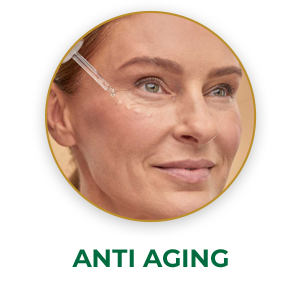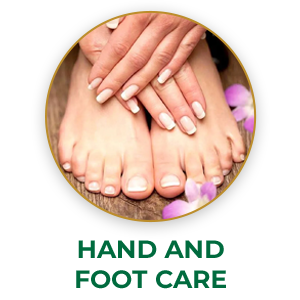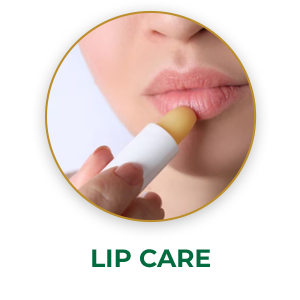Alpha hydroxy acids (AHAs) are a group of naturally occurring organic acids that have been used for centuries in various cultures for their skin-smoothing properties. They are commonly found in fruits, milk, and sugar cane, and are now widely used in a variety of skincare products, including cleansers, toners, serums, and moisturizers.
Here’s how AHAs work:

Exfoliation:
- Breaking down bonds: AHAs work by gently weakening the bonds that hold dead skin cells together on the surface of the skin. This allows them to shed more easily, revealing smoother, brighter skin underneath.
- Increased cell turnover: AHAs also stimulate cell turnover, the process by which new skin cells are produced. This can help to improve the appearance of fine lines, wrinkles, and uneven skin tone.
Collagen production:
- Stimulating collagen: Some AHAs, such as glycolic acid, may stimulate the production of collagen, a protein that gives skin its elasticity and firmness. This can help to reduce the appearance of wrinkles and sagging skin.
Acne treatment:
- Unclogging pores: AHAs can help to unclog pores by dissolving the sebum (oil) and dead skin cells that can trap bacteria and lead to breakouts.
- Reducing inflammation: AHAs also have anti-inflammatory properties, which can help to reduce redness and swelling associated with acne.
Types of AHAs:
Here’s a breakdown of the most common types of AHAs used in skincare, along with images for better visualization:

1. Glycolic Acid:
- Source: Derived from sugarcane.
- Strength: Most potent AHAs.
- Skin type: Best for oily or acne-prone skin.
- Benefits: Effective exfoliation, stimulates collagen production, unclogs pores.
- Drawbacks: Can be irritating for sensitive skin.
2. Lactic Acid:
- Source: Found in milk and fermented vegetables.
- Strength: Gentler than glycolic acid.
- Skin type: Suitable for most skin types, including sensitive skin.
- Benefits: Exfoliates, hydrates, brightens skin tone.
- Drawbacks: Less potent than glycolic acid.
3. Mandelic Acid:
- Source: Derived from almonds.
- Strength: Moderate potency.
- Skin type: Good for sensitive skin and hyperpigmentation.
- Benefits: Exfoliates gently, targets dark spots and uneven skin tone.
- Drawbacks: May not be as effective for deep exfoliation.
4. Citric Acid:
- Source: Found in citrus fruits.
- Strength: Weakest AHA.
- Skin type: Suitable for all skin types.
- Benefits: Gentle exfoliation, brightens skin tone.
- Drawbacks: Not as effective for deep concerns like wrinkles or acne.
5. Malic Acid:
- Source: Found in apples and other fruits.
- Strength: Moderate potency.
- Skin type: Suitable for most skin types.
- Benefits: Exfoliates, hydrates, and brightens skin tone.
- Drawbacks: Can be slightly irritating for sensitive skin.
6. Tartaric Acid:
- Source: Found in grapes and wine.
- Strength: Moderate potency.
- Skin type: Suitable for most skin types.
- Benefits: Exfoliates, moisturizes, and reduces hyperpigmentation.
- Drawbacks: Less commonly found in skincare products.
Remember, choosing the right AHA depends on your individual skin type and concerns. Consult a dermatologist for personalized recommendations.
Benefits of using AHAs:

Here are the benefits of using AHAs:
Exfoliation: AHAs are known for their ability to exfoliate the skin, which means they remove dead skin cells from the surface. This can help to:
- Improve skin texture: By removing dead skin cells, AHAs can help to make the skin smoother and softer.
- Reduce the appearance of fine lines and wrinkles: AHAs can stimulate collagen production, which can help to plump up the skin and reduce the appearance of fine lines and wrinkles.
- Unclog pores: AHAs can help to unclog pores, which can help to prevent breakouts.
- Brighten the skin: AHAs can help to brighten the skin by removing dead skin cells and stimulating cell turnover.
Other benefits:
- Reduce hyperpigmentation: Some AHAs, such as mandelic acid, can help to reduce hyperpigmentation, such as age spots and sun spots.
- Treat acne: AHAs can help to treat acne by unclogging pores and reducing inflammation.
- Boost collagen production: As mentioned earlier, some AHAs can stimulate collagen production, which can help to improve skin elasticity and firmness.
It is important to note that AHAs can make your skin more sensitive to the sun, so it is important to use sunscreen every day, especially when using AHA products.
Here are some additional things to keep in mind when using AHAs:
- Start with a low concentration of AHA and gradually increase the concentration as your skin tolerates it.
- Do a patch test on a small area of skin before using a new AHA product.
- AHAs can be irritating to sensitive skin.
- If you experience any irritation, such as redness, burning, or stinging, discontinue use and consult with a dermatologist.
Risk and Complications:

While AHAs offer a range of benefits for improving skin texture, tone, and concerns like acne, it’s crucial to be aware of their potential risks and complications before incorporating them into your routine. Here’s a breakdown:
Increased Sun Sensitivity:
- Risk: AHAs thin the outer layer of your skin, making it more vulnerable to UV rays. This significantly increases your risk of sunburn, premature aging, and hyperpigmentation.
- Image: Increased sun sensitivity after AHA use
- Prevention: Diligent sunscreen use with SPF 30 or higher is mandatory every day, regardless of weather, and reapply frequently, especially after sweating or swimming.
Irritation and Inflammation:
- Risk: AHAs can cause irritation, especially for those with sensitive skin. This can manifest as redness, burning, stinging, or even itchy bumps.
- Image: Skin irritation from AHA use
- Prevention: Start with lower concentrations (e.g., 5-10%) and gradually increase as tolerated. Patch test on a small area before applying to your entire face. Avoid using on freshly shaved skin, open wounds, or sunburnt areas.
Hyperpigmentation (Paradoxical Pigmentation):
- Risk: In rare cases, AHAs can trigger the opposite effect, leading to increased pigmentation, especially in individuals with darker skin tones.
- Image: Paradoxical pigmentation from AHA use
- Prevention: Consult a dermatologist for personalized advice, especially if you have concerns about hyperpigmentation. Choose gentle AHAs like lactic acid and mandelic acid, and use sunscreen meticulously.
Over-exfoliation:
- Risk: Excessive use of AHAs can strip away the skin’s natural barrier, leading to dryness, flakiness, and even increased sensitivity.
- Image: Over-exfoliation from AHA use
- Prevention: Follow the manufacturer’s instructions and avoid overuse. Start with 1-2 applications per week, gradually increasing to no more than 3-4 times based on your skin’s tolerance. Listen to your skin and stop if you experience any discomfort.
Additional Precautions:
- Consult a dermatologist: If you have any underlying skin conditions like eczema, rosacea, or active acne, seek professional guidance before using AHAs.
- Pregnancy and breastfeeding: The safety of AHAs during pregnancy and breastfeeding is not fully established. Consult your doctor for personalized advice.
- Combine with caution: Be mindful of combining AHAs with other exfoliating ingredients or harsh skincare products, as this can increase the risk of irritation.
By understanding these potential risks and taking necessary precautions, you can minimize the complications and reap the benefits of AHAs for a healthier, more radiant complexion. Remember, always prioritize gentle approaches and listen to your skin’s unique needs.
Conclusion:
Alpha hydroxy acids (AHAs) can be powerful allies in your skincare routine, offering exfoliation, improved texture and tone, and even acne reduction. However, they come with potential risks like sun sensitivity, irritation, and even hyperpigmentation, especially for darker skin tones.
Derma and Dental Clinic:
Derma & Dental Clinic stands out with its team of experienced doctors backed by scientific evidence in their chosen fields. Their diverse range of medical-grade procedures offer tailored solutions for various skin and dental needs. You can confidently book your consultation online or by phone and embark on your journey towards healthier skin and a radiant smile.
Location: Bahria Town, Lahore
Specialties: Dermatology and Dental Care
Website: Derma.pk
For Consultation:
- Online at Dermatology.pk
- WhatsApp: +923205999650
- Phone: 03041115000
